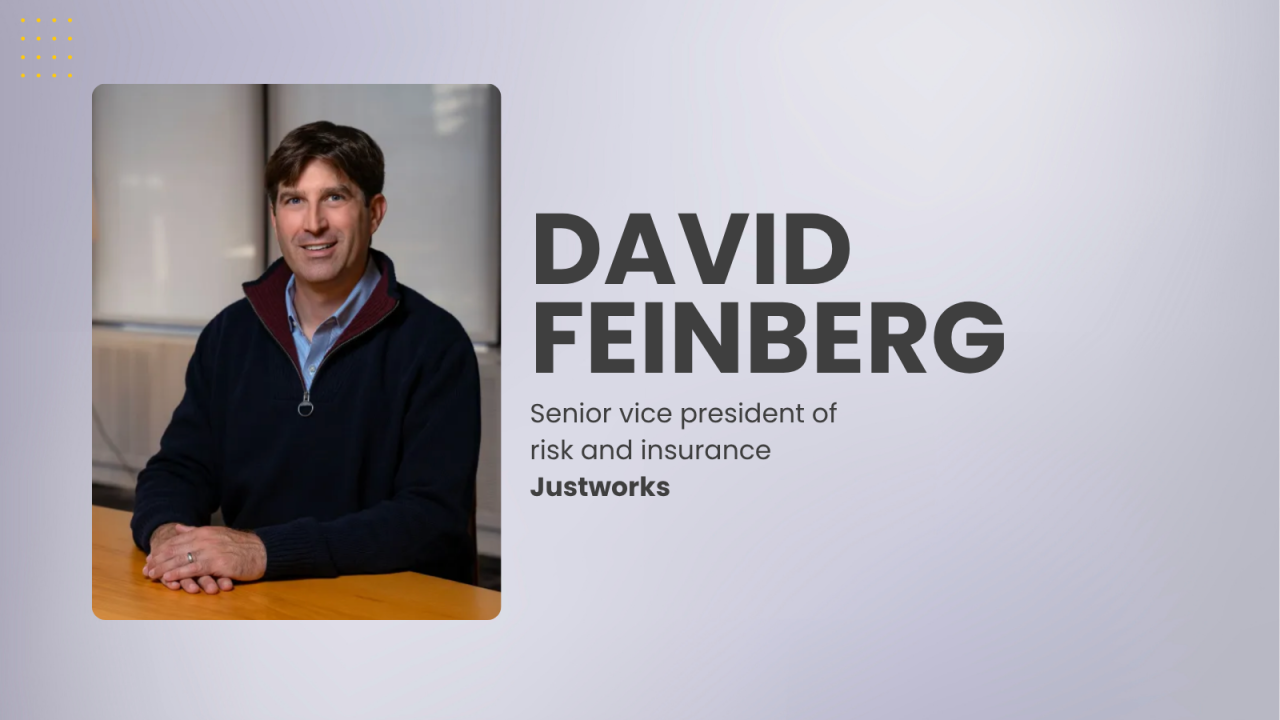- Key insight: Discover how internal mobility and upskilling reduce replacement costs and boost profitability.
- Expert quote: Ron Hetrick, Lightcast - Prioritizing upskilling preserves organizational value as hiring markets tighten.
- Supporting data: Internal hires stay about 60–65% longer than external hires.
- Source: Bullets generated by AI with editorial review
Filling roles with
Research from LinkedIn finds companies that invest in and track robust
Employees are eager for professional growth, and with many workers staying put in a market that favors employers, now is the time to design better training and career trajectory programs. The pendulum will ultimately swing back the other way, says Ron Hetrick, principal economist at Lightcast, putting employers at risk of losing tenured employees.
"If these were really great people, and you could have upskilled them and reskilled them, they would have returned greater value to you in real time," says Hetrick. "This is your chance to be working on the skills of your people [and] to improve your organization, because you're missing that external pressure."
Read more:
The expense of a reactive approach
Data from SHRM shows it costs employers 50-200% of an employee's annual salary to replace them. The Talent Index found that those with lower incomes tend to change jobs more often as a way to move forward, but that the rate of external movement is higher than internal for high earners as well. Regardless of industry or role, leaders should break the habit of treating jobs as transactional, says Hetrick.
"Rather than swimming in the same ocean with everybody else, swim against it," he says. "Save yourself some money down the road, invest in your people now and reap those economic benefits in the good times."
Along with the cost of replacement, technology use has made external hiring more challenging, Hetrick explains. Leaders who put themselves in a position to fill roles quickly may find themselves with candidates who seem qualified thanks to tech-generated resumes and responses, only to hire them and find out they are not.
"I have no idea if they actually have these [skills], I don't know how much they used AI to manipulate the system to get themselves through," says Hetrick. "All of those unknowns come when you [are doing] these knee-jerk things."
Read more:
Building resilience with professional growth benefits
According to the Talent Index, employees who move internally stay 60-65% longer than those hired from the outside. Investing in benefits that provide training and education, and outlining what a successful career path looks like beyond someone's current role, sends them a strong message.
"Being voluntarily offered something that's better than what you have is a loyalty gainer," Hetrick says. "[Having] the progressive mindset of 'We want you to know how valuable you are,' buffets [employers] for when people swoop in and try to take your best talent."
A LinkedIn survey showed that leadership training, sharing internal job postings, mentorship programs and career development plans were some of the most popular contributors to inward mobility. Hetrick recommends including routes that go across departments, allowing those who have hit peak growth in one area to shift into another. Hetrick suggests publishing employee growth success stories, helping others to see potential for their own advancement.
[Employees] get upskilled, or maybe they get a promotion and they're making more money — [that is] a reflection of their increased value in the organization," says Hetrick. "Other people see and they think, 'I want that.' Career paths keep the ambitious interested."
Read more:
Productive benefits planning
Hetrick recommends leaders work with vendors like Lightcast and Guild to assess the talent and skills they need, and create progression pathways for individuals and teams. This expertise can be helpful for any organization, especially when career plans don't yet exist or certain training — such as AI utilization — needs to be tailored to different groups within the organization.
"How can we use this to understand where we should be spending our money — what crowds are the most receptive to what we do?" Hetrick says. "It should [be] something that companies sit down with for six months or a year, coming up with a comprehensive strategy for how they want to do it."
From thoughtful training processes and communication, to walking people through their future career options, a successful inward mobility strategy builds a more skilled, productive and resilient workforce.
"When people are given even a basic role, but believe there's something coming next, that helps you hold on to these people a lot longer," Hetrick says. "If you [can convert] more of these people, keep them for longer, that length of time is returning a great value to you."






